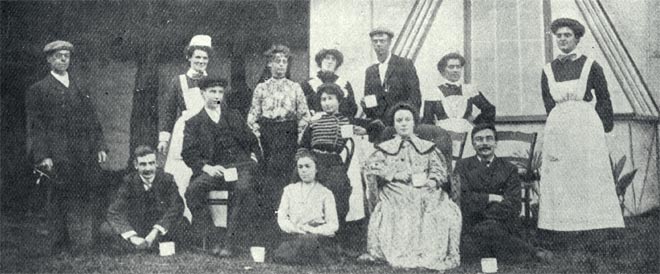
Tuberculosis was a common cause of death among Pākehā women in the late 19th and early 20th centuries. It was spread by coughing, sneezing or spitting, and treatment was limited and ineffective. Hospitalisation or time in a sanatorium, fresh air, good food and rest were all that could be done until the development of the antibiotic streptomycin in the 1940s. Shown here is the 1905 opening of Nurse Maude’s camp in Wainoni, Christchurch, for women with tuberculosis.
Using this item
Christchurch City Libraries
Reference:
CCL PhotoCD17, IMG0046
This item has been provided for private study purposes (such as school projects, family and local history research) and any published reproduction (print or electronic) may infringe copyright law. It is the responsibility of the user of any material to obtain clearance from the copyright holder.









Add new comment